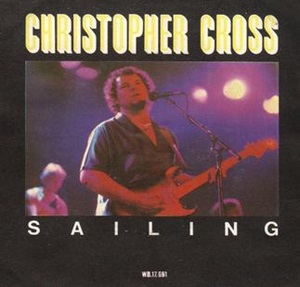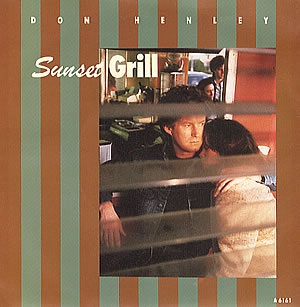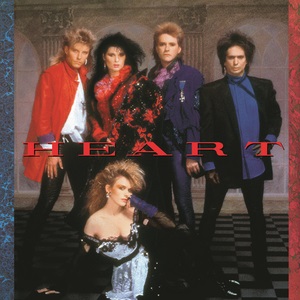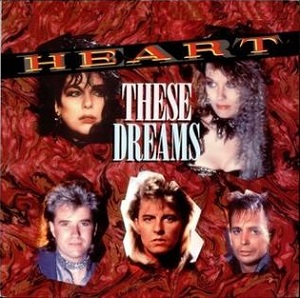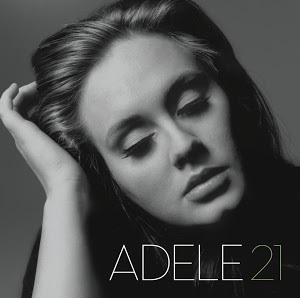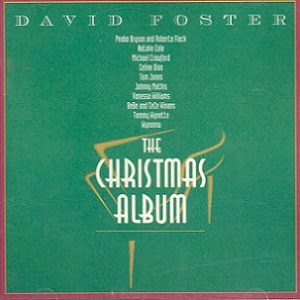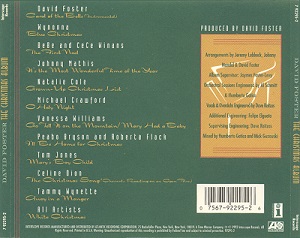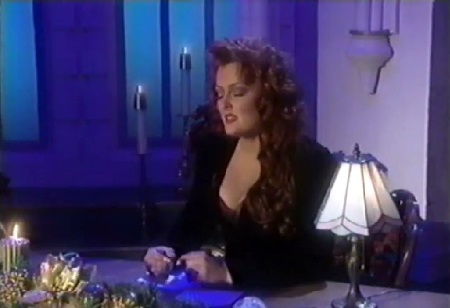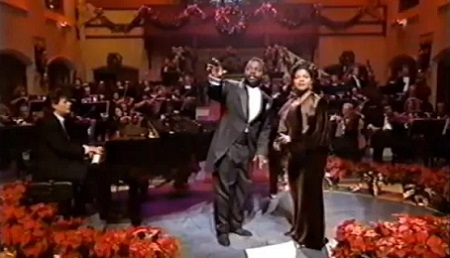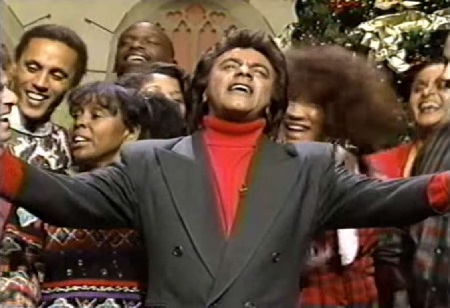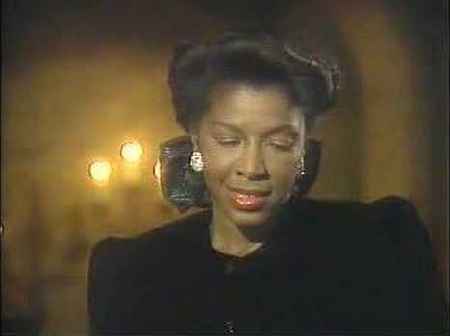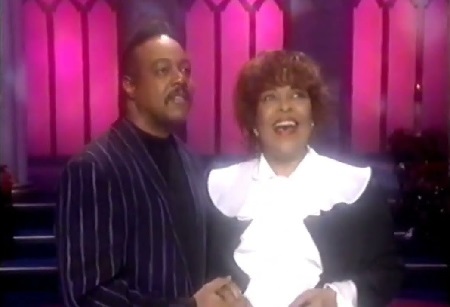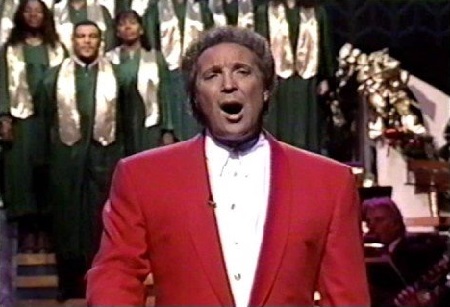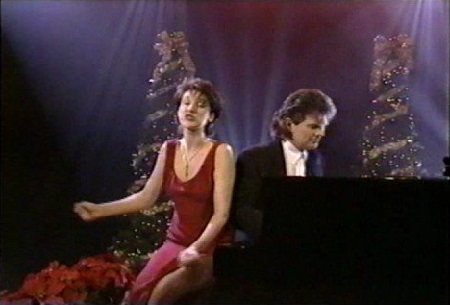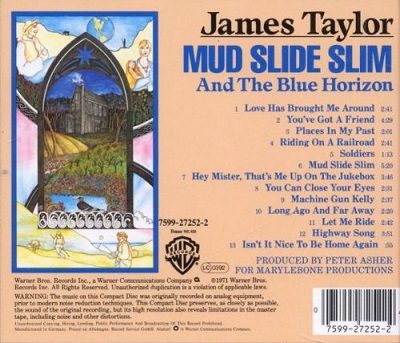The Tina Turner album What’s Love Got to Do With It turns 21 today. The contemporary pop/rock, soul and adult contemporary stylings of the album dabbles in R&B (rhythm and blues) for twelve (12) songs. The album, including a number of re-recorded hits from the singer’s period performing with Ike Turner as part of Ike & Tina Turner, is the soundtrack for a biopic of the life of Tina Turner named What’s Love Got to Do With It (1993).

I Don’t Wanna Fight opens the What’s Love Got to Do With It album as a reflection by Tina Turner of the end of the married relationship between her and Ike Turner. The lyrics speak to both parties understanding that things have changed, pretending brings little, and that strength for Tina as a person means moving on from blame, arguments or ongoing attempts to live together. This song was new for this album.

Rock Me Baby reflects the Tina Turner remake of the blues standard that originated with the Melvin Lil’ Son Jackson song Rockin’ and Rollin’. The recording doesn’t attempt to bring new production value to the song with the 1993 recording.
Disco Inferno offers the Turner remake of the hit song Disco Inferno by The Trammps. The remake offers the Tina Turner energy one has come to expect over time without taking the song in much of a different direction that the bigger original hit.

Why Must We Wait Until Tonight? provides an inspired example of what makes this soundtrack contemporary and current at the point the song was released, at least in my view. The song lends itself to Tina Turner‘s singing style with compelling R&B overtones, too. This is a favorite song for me from this album.

Nutbush City Limits revisits a song she wrote and her early history in the community of Nutbush, Tennessee. The fondness that Turner has for this part of her life is genuine, real and something that the later realities of life could not take away.
(Darlin’) You Know I Love You remakes the 1952 B.B. King song You Know I Love You. The modified tempo helps to make the song Tina Turner‘s own, which pleases my desire for a reinterpretation of the original. The piano rather than guitar focus suits Turner as well.
Proud Mary brings us the remake of the Creedence Clearwater Revival song Proud Mary, presented with the Ike Turner vocals that open the Tina Turner song. That the song is presented with an energetic, dance feeling matches the energy of Tina Turner energy of her earlier career.
A Fool in Love dates back to 1960 as an original release with the song getting sung by Tina Turner dating back to 1956 at the latest. The distinct R&B quality eventually crossed over to the early pop charts that helped create the rock and roll genre. The song was the first million-song seller for Ike & Tina Turner.
It’s Gonna Work Out Fine became the second million-song seller for Ike & Tina Turner. Like A Fool in Love, the lead vocalist for the song is Tina Turner, with the original release dating back to 1961.
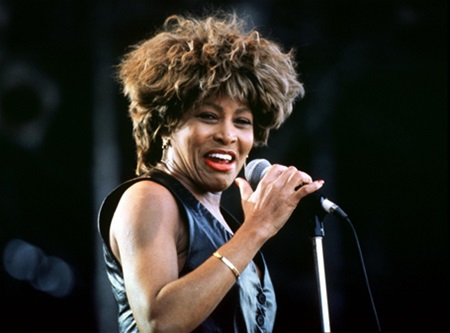
Stay Awhile moves into a more contemporary country ballad feel to it than many of the other songs of the album. The song’s theme encourages love as a means to healing through the give and take of the better angels of our natures.
I Might Have Been Queen harkens back to the Tina Turner‘s Private Dancer album. As noted here, “This song deals with her spirituality, and the Buddhist belief in reincarnation.” I Might Have Been Queen “was the only song on the [Private Dancer] album written specifically for Turner.”
What’s Love Got to Do With It also is a song originally from Private Dancer. As noted here, the song has Turner playing “the part of a woman who enjoys the carnal encounters with her lover, but feels no emotional attachment. She wants him to know that there’s nothing more to it, as for her it’s purely physical. Their relationship has nothing to do with love, which she dismisses as “a sweet, old-fashioned notion.””
Outside the United States, the songs Shake a Tail Feather and Tina’s Wish were included on the album.
Musicians contributing to the album beyond Tina Turner and her vocals (primary and backing) included Billy Livsey on keyboards, Bob Feit on bass guitar, Curt Bisquera on drums, Cy Curnin on backing vocals, David Paich on piano, Gene Black on guitar, Graham Jarvis on drums, Jackie Gouché on backing vocals, James Ralston on guitar and backing vocals, Jamie West-Oram on guitar, Jean McClain on backing vocals, Jeffrey “C.J.” Vanston on drum programming and keyboards, Keith Scott on guitar, Lee Thornberg on trombone and trumpet, Nick Glennie-Smith on keyboards, Rick Braun on trumpet, Robbie King on Hammond organ, Rupert Hine on bass, drum programming, keyboards and backing vocals, Sharon Brown on backing vocals, Simon Morton on percussion, Steve DuBerry on drum programming, keyboards and backing vocals, Terry Britten on guitar and backing vocals, Tessa Niles on backing vocals, Tim Cappello on saxophone and backing vocals, Tim Pierce on guitar, Trevor Morais on drums and Tuck Back Twins on background vocals.
Matt – Saturday, June 15, 2024






